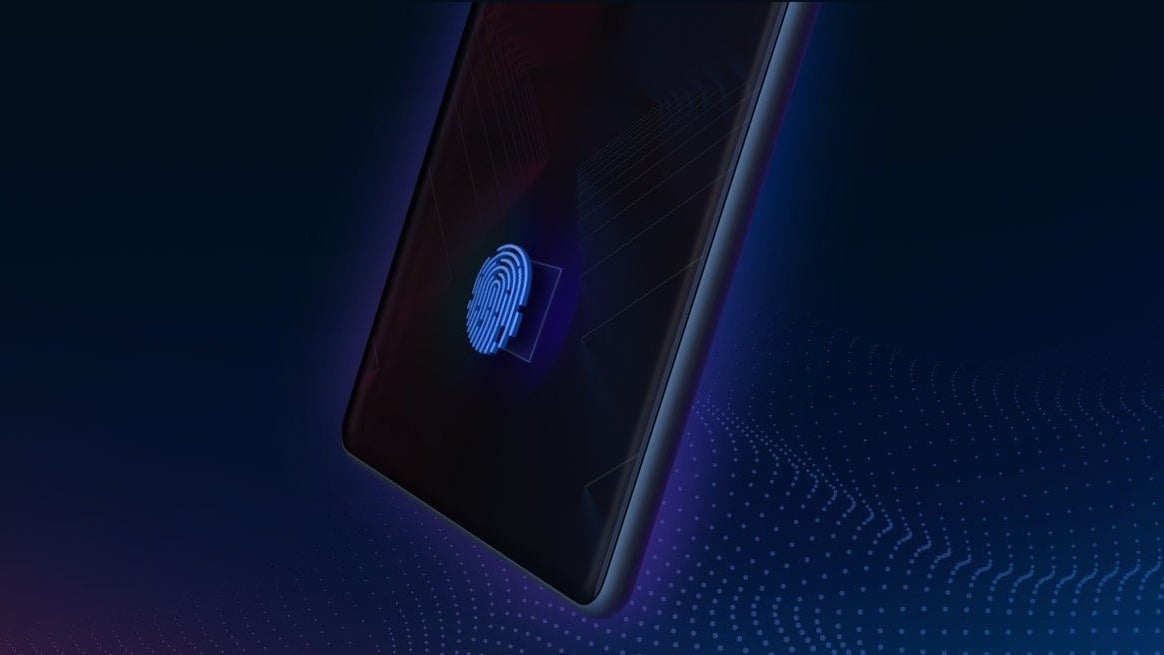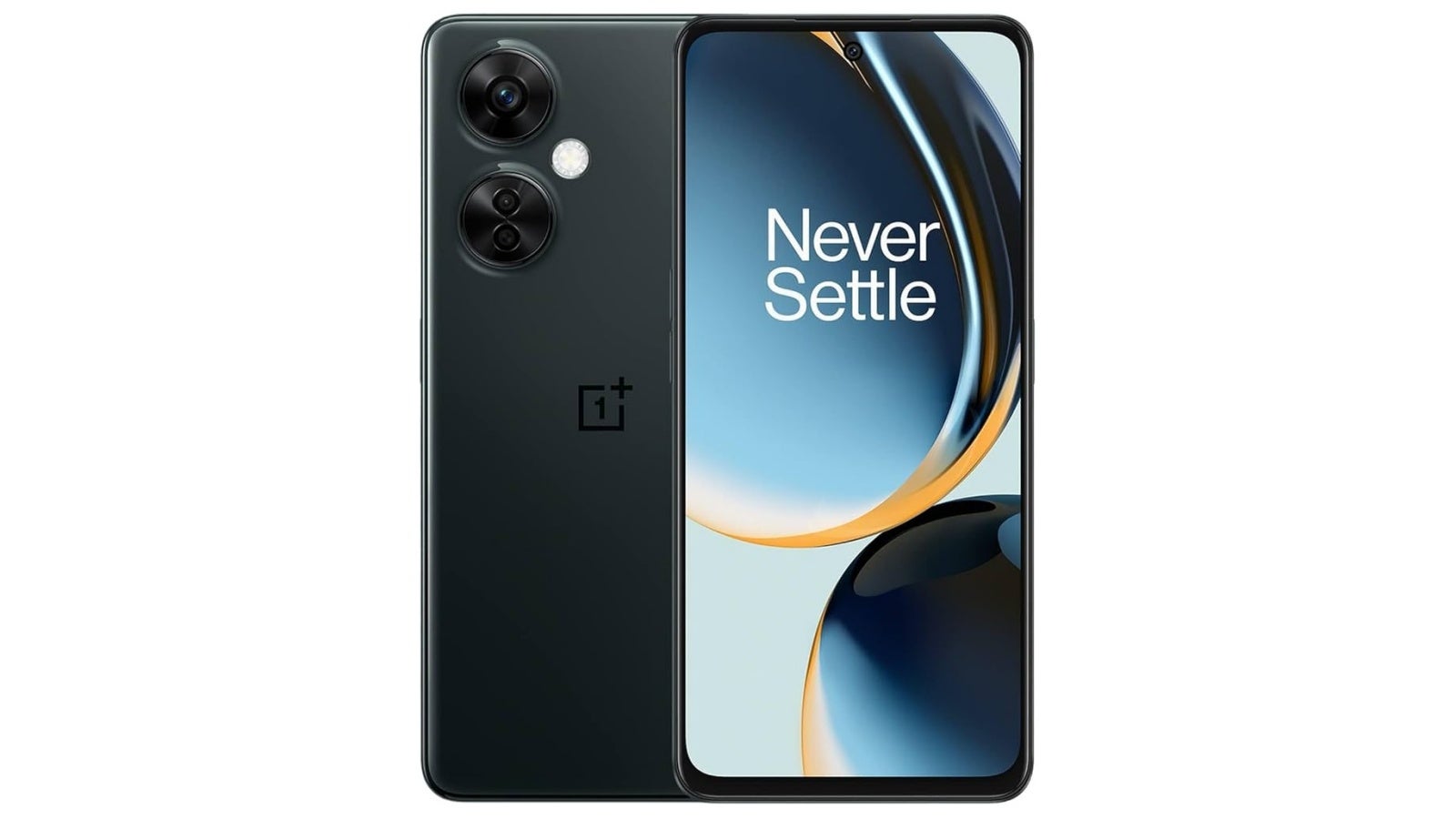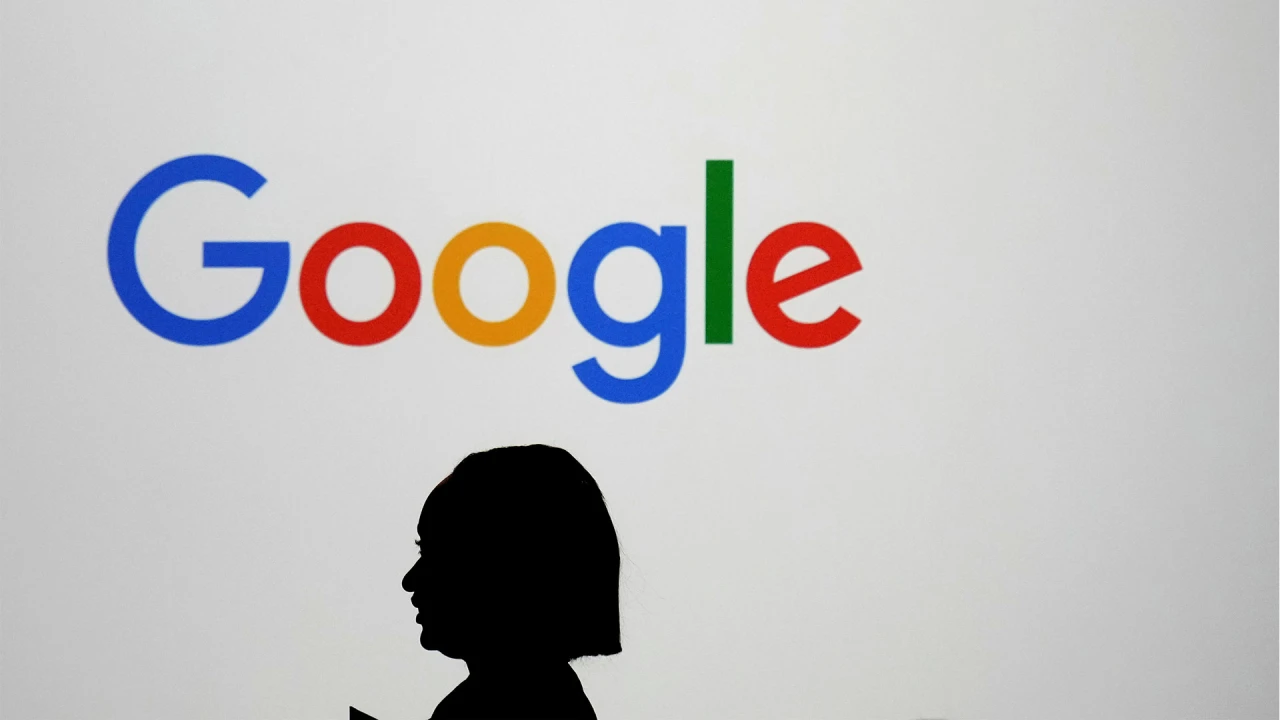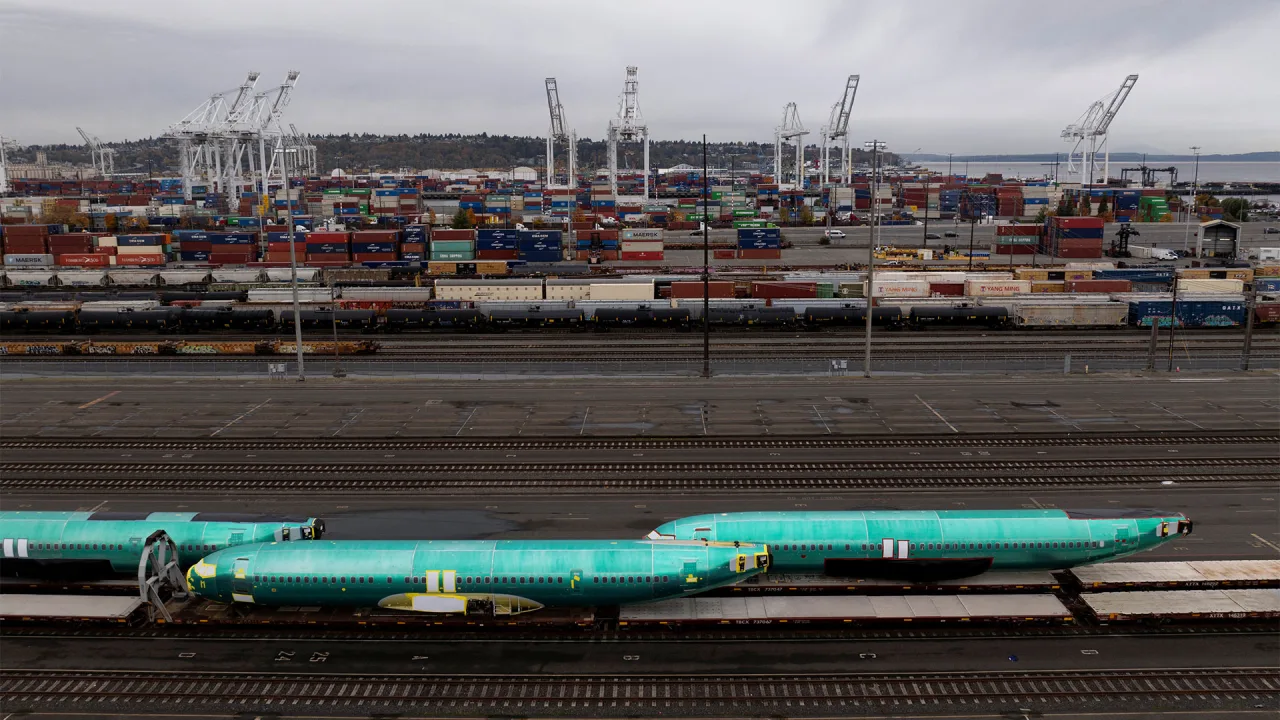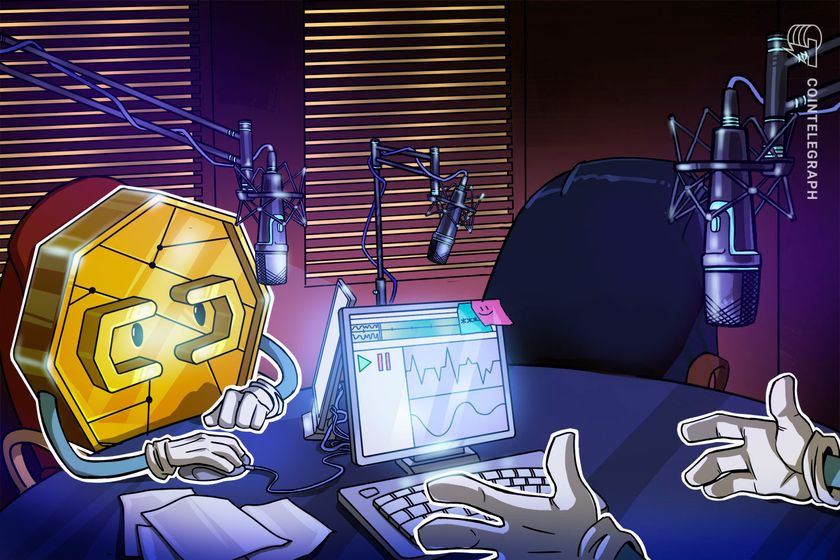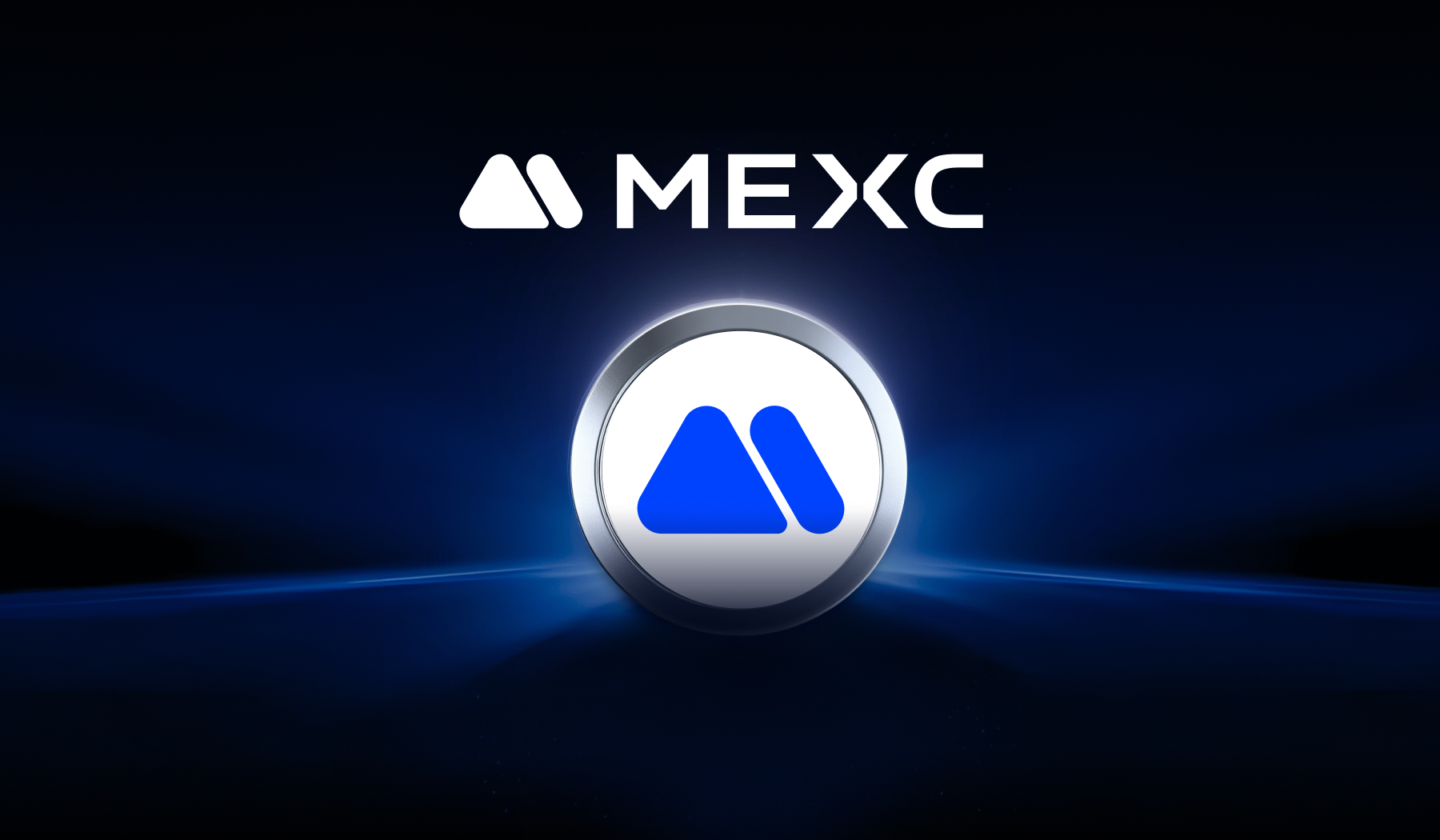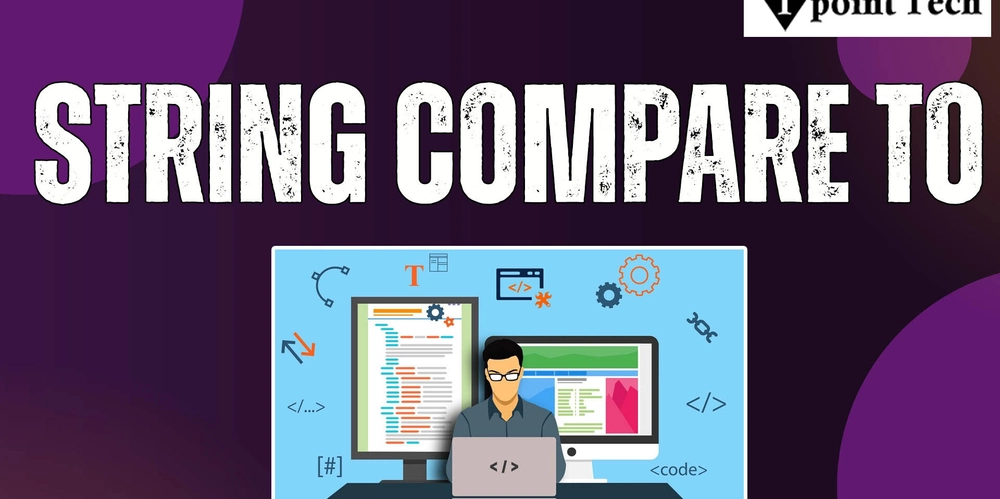Top 10 Generative AI Use Cases in 2025
Generative AI has transformed industries across the globe, revolutionizing the way businesses, researchers, and creatives operate. In 2025, its impact has grown even more profound, spanning across content creation, healthcare, software development, education, gaming, finance, legal sectors, and beyond. By leveraging machine learning models, AI can now generate human-like text, realistic images, videos, and even scientific discoveries, pushing the boundaries of what is possible. The rapid adoption of generative AI is driven by the need for automation, personalization, and efficiency. Businesses that integrate AI solutions are achieving greater productivity, reducing costs, and unlocking new revenue streams. In this in-depth article, we will explore the top 10 generative AI use cases in 2025 and how they are shaping the future of multiple industries. What is Generative AI? Generative AI (GenAI) is deeply embedded in our daily lives, often without us even realizing it. Beyond crafting romantic verses, offering cleaning hacks, or planning international trips, GenAI provides a wealth of business advantages across various industries. In this post, we’ll explore how generative AI is transforming the business landscape. At its core, generative AI refers to a category of artificial intelligence models designed to generate new content—whether text, images, music, code, or more—based on input data. Unlike traditional AI, which primarily focuses on pattern recognition and decision-making, GenAI leverages Machine Learning (ML) to produce original outputs that mirror human creativity. The power of GenAI comes from Large Language Models (LLMs) like OpenAI’s GPT-4, Anthropic’s Claude, and Google’s Gemini. These models are trained on vast amounts of publicly available data, enabling them to generate contextually relevant responses. To enhance accuracy and personalization, businesses integrate the GenAI framework known as Retrieval-Augmented Generation (RAG). This approach enriches enterprise LLMs with private, internal data from trusted company sources, ensuring more relevant and tailored outputs. Why Is Generative AI So Popular? Generative AI isn’t new—it dates back to the 1960s. However, its mainstream breakthrough came in late 2022 with the launch of ChatGPT. Since then, AI has become nearly ubiquitous. Here’s why: Technological Advancements – Innovations in deep learning, cloud computing, and AI-specific hardware (like TPUs) have made AI more powerful and accessible. Increased Computing Power – Companies like Nvidia and Intel have developed specialized chips, enabling AI models to process massive datasets efficiently. The Internet Effect – Social media, blogs, and online news have amplified AI awareness, fueling adoption and innovation. Business Adoption – AI boosts efficiency, personalization, and decision-making. With 97% of businesses recognizing its value, it's now a key competitive advantage. Generative AI in digital transformation is driven by a mix of technological breakthroughs, market demand, and widespread digital influence—making it a defining force in today's tech landscape.
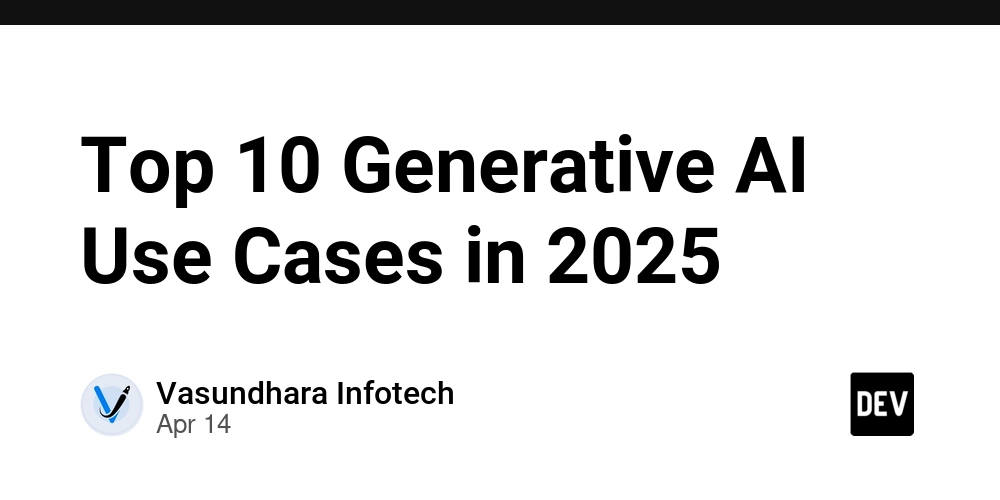
Generative AI has transformed industries across the globe, revolutionizing the way businesses, researchers, and creatives operate. In 2025, its impact has grown even more profound, spanning across content creation, healthcare, software development, education, gaming, finance, legal sectors, and beyond. By leveraging machine learning models, AI can now generate human-like text, realistic images, videos, and even scientific discoveries, pushing the boundaries of what is possible.
The rapid adoption of generative AI is driven by the need for automation, personalization, and efficiency. Businesses that integrate AI solutions are achieving greater productivity, reducing costs, and unlocking new revenue streams. In this in-depth article, we will explore the top 10 generative AI use cases in 2025 and how they are shaping the future of multiple industries.
What is Generative AI?
Generative AI (GenAI) is deeply embedded in our daily lives, often without us even realizing it. Beyond crafting romantic verses, offering cleaning hacks, or planning international trips, GenAI provides a wealth of business advantages across various industries. In this post, we’ll explore how generative AI is transforming the business landscape.
At its core, generative AI refers to a category of artificial intelligence models designed to generate new content—whether text, images, music, code, or more—based on input data. Unlike traditional AI, which primarily focuses on pattern recognition and decision-making, GenAI leverages Machine Learning (ML) to produce original outputs that mirror human creativity.
The power of GenAI comes from Large Language Models (LLMs) like OpenAI’s GPT-4, Anthropic’s Claude, and Google’s Gemini. These models are trained on vast amounts of publicly available data, enabling them to generate contextually relevant responses.
To enhance accuracy and personalization, businesses integrate the GenAI framework known as Retrieval-Augmented Generation (RAG). This approach enriches enterprise LLMs with private, internal data from trusted company sources, ensuring more relevant and tailored outputs.
Why Is Generative AI So Popular?
Generative AI isn’t new—it dates back to the 1960s. However, its mainstream breakthrough came in late 2022 with the launch of ChatGPT. Since then, AI has become nearly ubiquitous.
Here’s why:
Technological Advancements – Innovations in deep learning, cloud computing, and AI-specific hardware (like TPUs) have made AI more powerful and accessible.
Increased Computing Power – Companies like Nvidia and Intel have developed specialized chips, enabling AI models to process massive datasets efficiently.
The Internet Effect – Social media, blogs, and online news have amplified AI awareness, fueling adoption and innovation.
Business Adoption – AI boosts efficiency, personalization, and decision-making. With 97% of businesses recognizing its value, it's now a key competitive advantage.
Generative AI in digital transformation is driven by a mix of technological breakthroughs, market demand, and widespread digital influence—making it a defining force in today's tech landscape.
















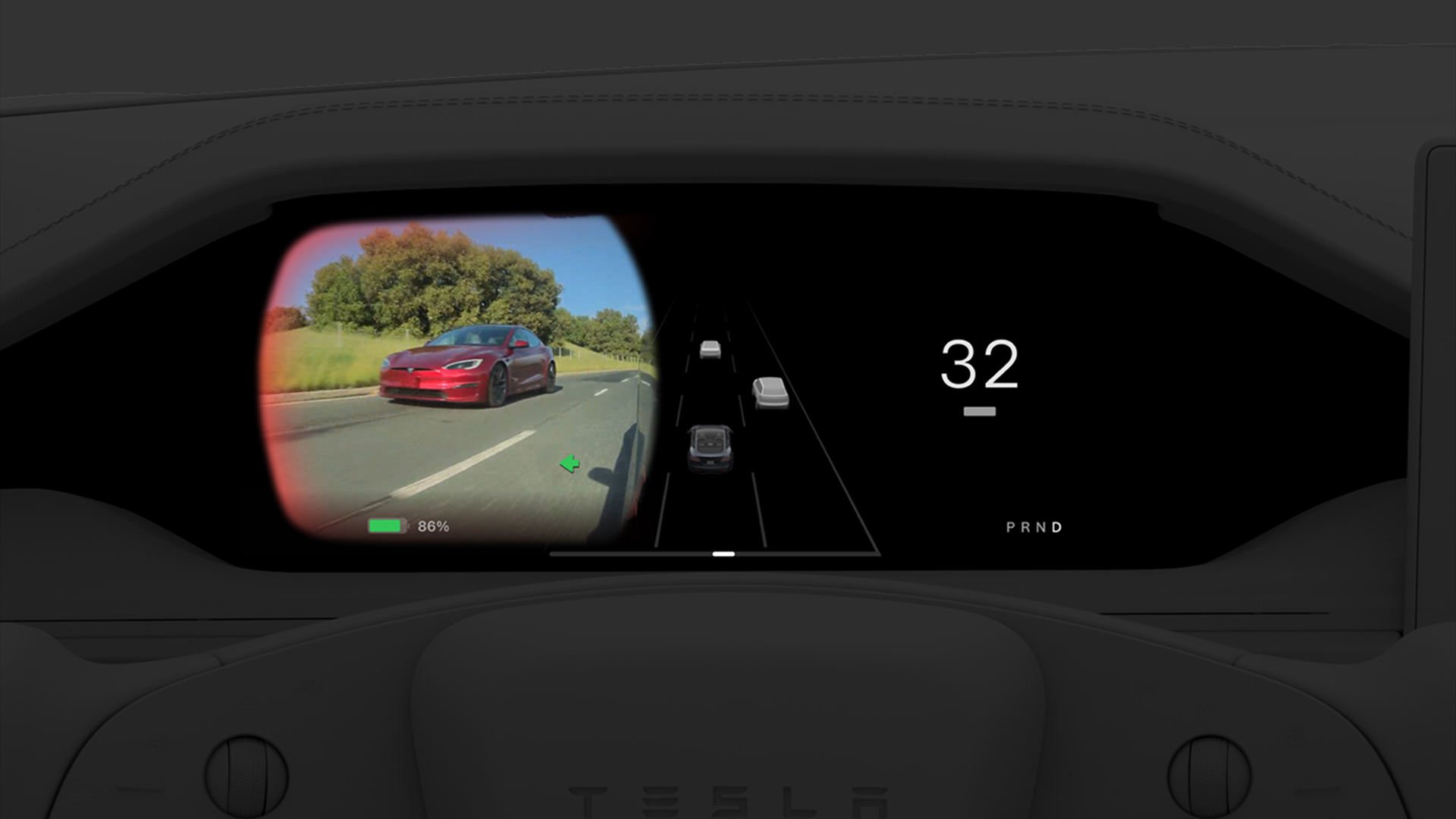

























































































































































![[The AI Show Episode 144]: ChatGPT’s New Memory, Shopify CEO’s Leaked “AI First” Memo, Google Cloud Next Releases, o3 and o4-mini Coming Soon & Llama 4’s Rocky Launch](https://www.marketingaiinstitute.com/hubfs/ep%20144%20cover.png)















































































































































































-Baldur’s-Gate-3-The-Final-Patch---An-Animated-Short-00-03-43.png?width=1920&height=1920&fit=bounds&quality=70&format=jpg&auto=webp#)

























































.png?#)































_Aleksey_Funtap_Alamy.jpg?width=1280&auto=webp&quality=80&disable=upscale#)










































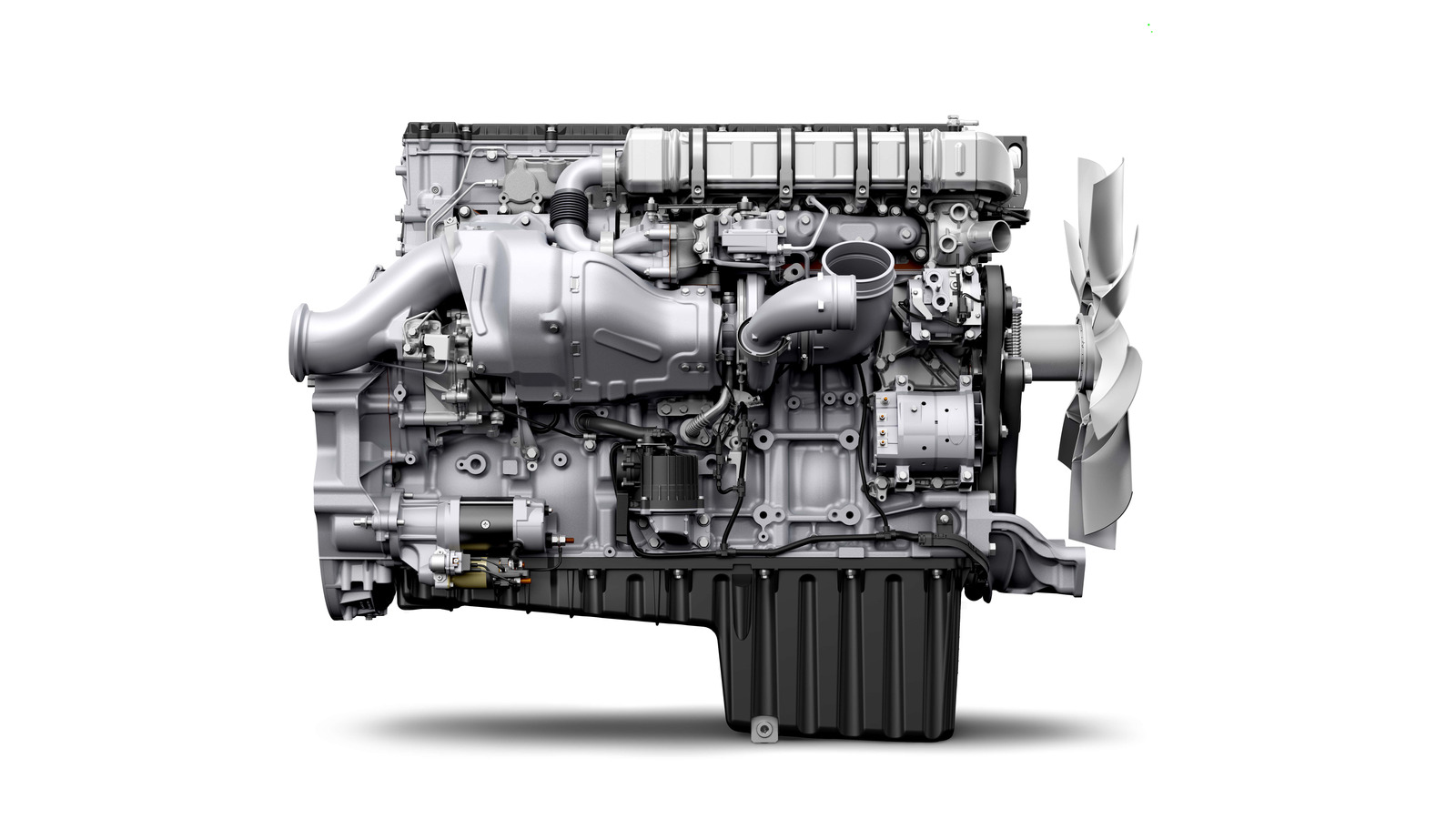









































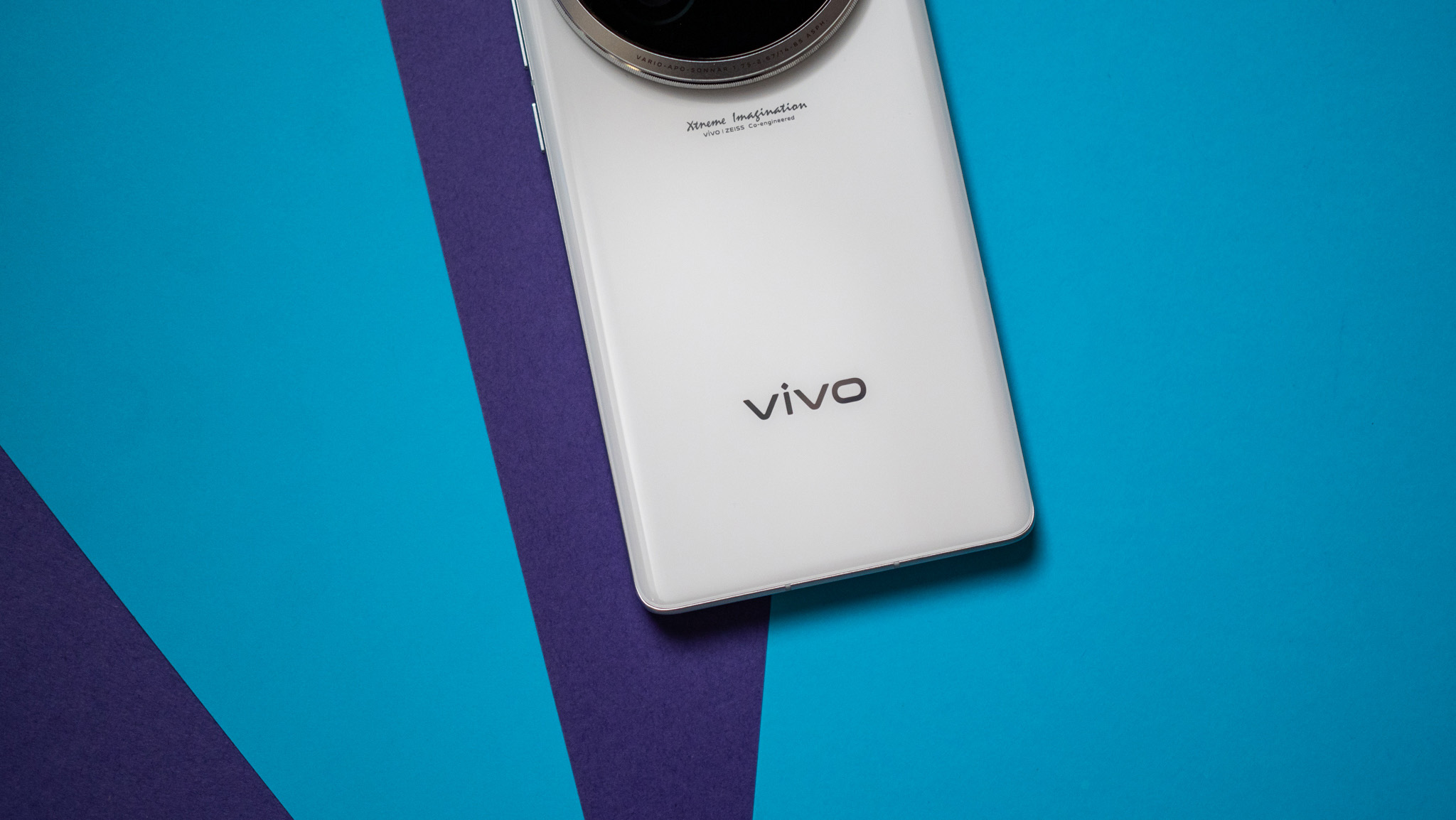




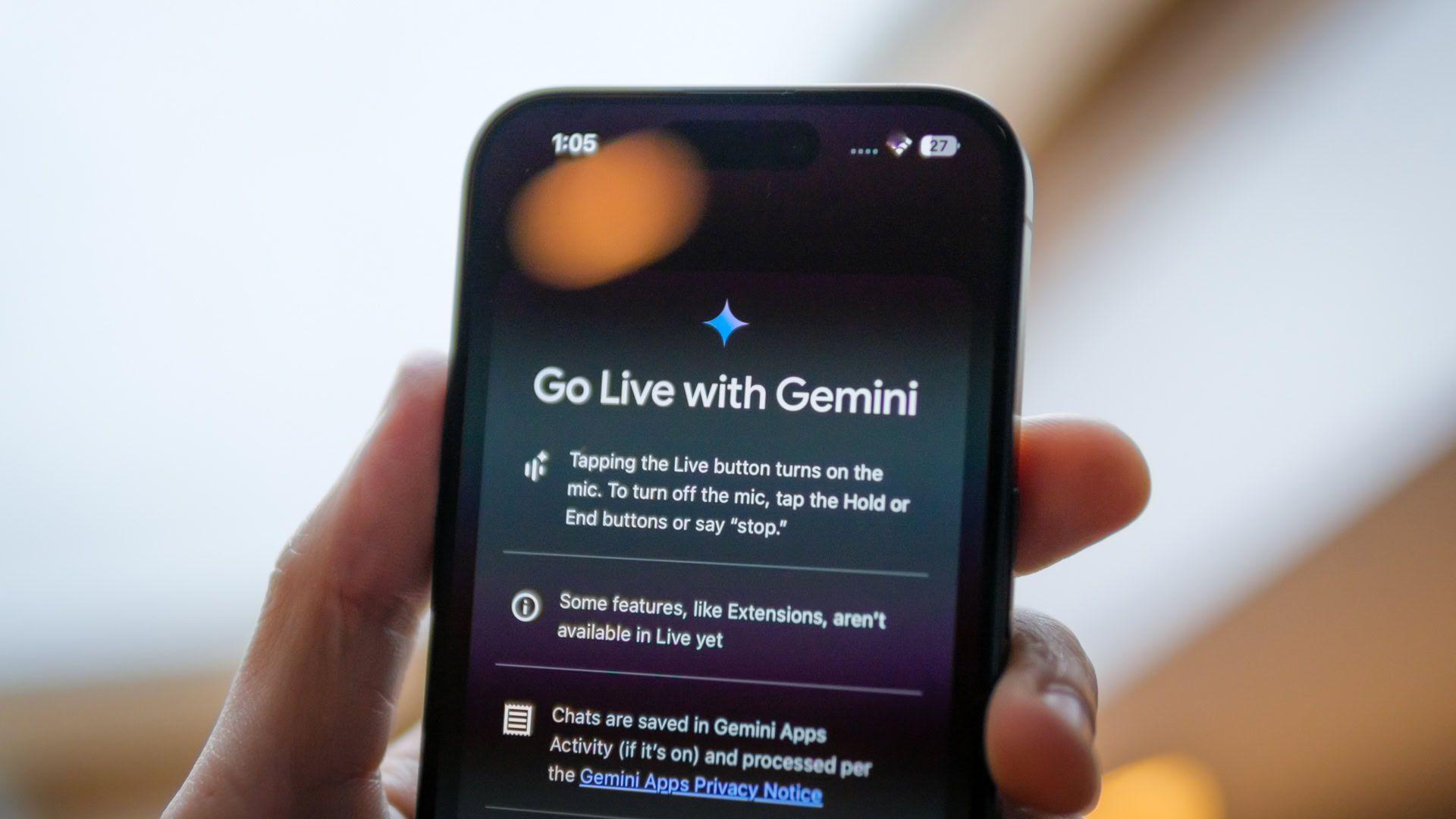






![‘Samsung Auto’ is an Android Auto alternative for Galaxy phones you can’t use [Gallery]](https://i0.wp.com/9to5google.com/wp-content/uploads/sites/4/2025/04/samsung-auto-12.jpg?resize=1200%2C628&quality=82&strip=all&ssl=1)













![Apple's Foldable iPhone Won't Have Face ID for Under-Display Camera [Rumor]](https://www.iclarified.com/images/news/97017/97017/97017-640.jpg)

![Apple Seeds tvOS 18.5 Beta 2 to Developers [Download]](https://www.iclarified.com/images/news/97011/97011/97011-640.jpg)
![Apple Releases macOS Sequoia 15.5 Beta 2 to Developers [Download]](https://www.iclarified.com/images/news/97014/97014/97014-640.jpg)














































